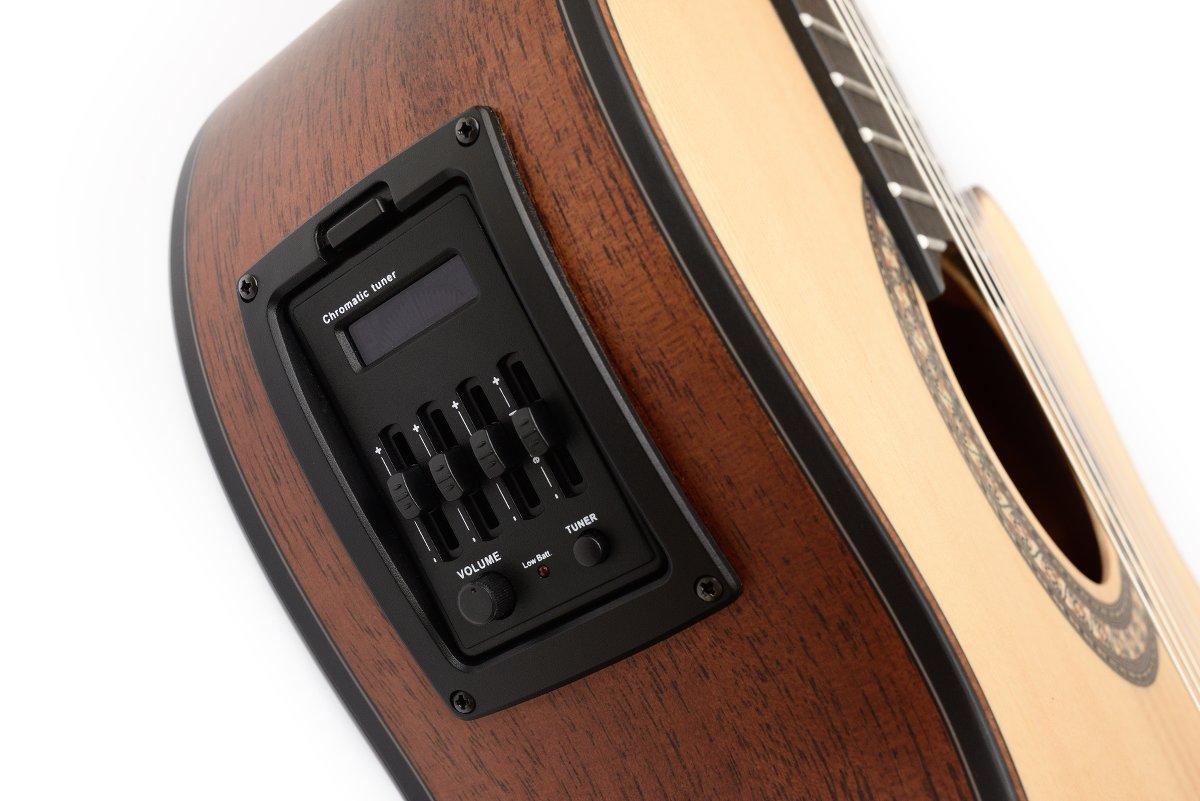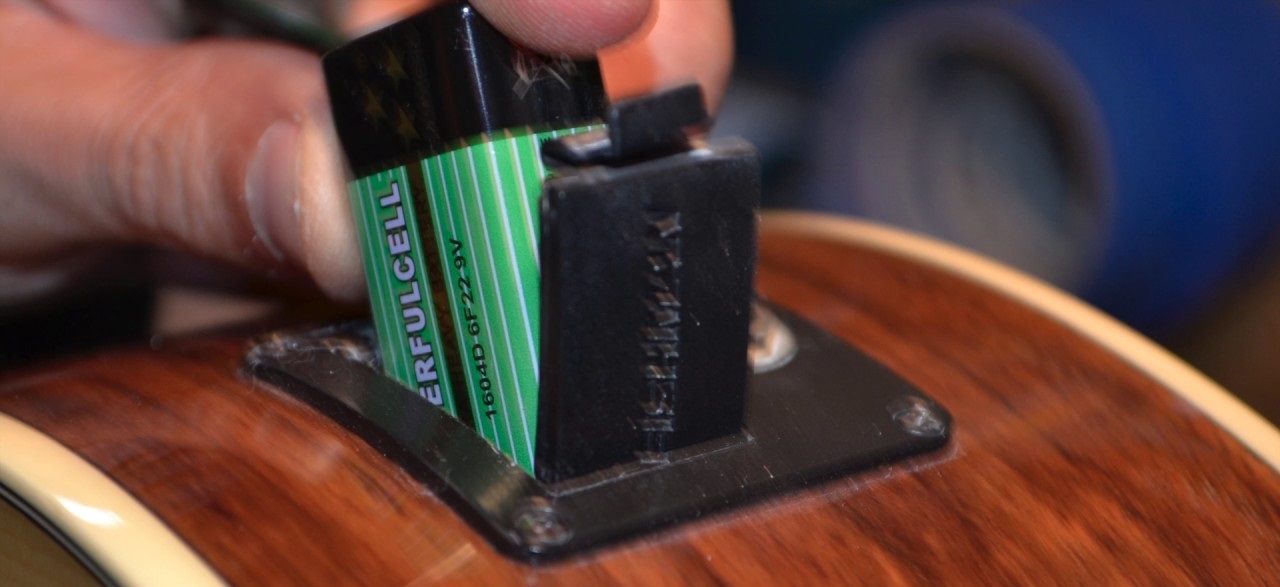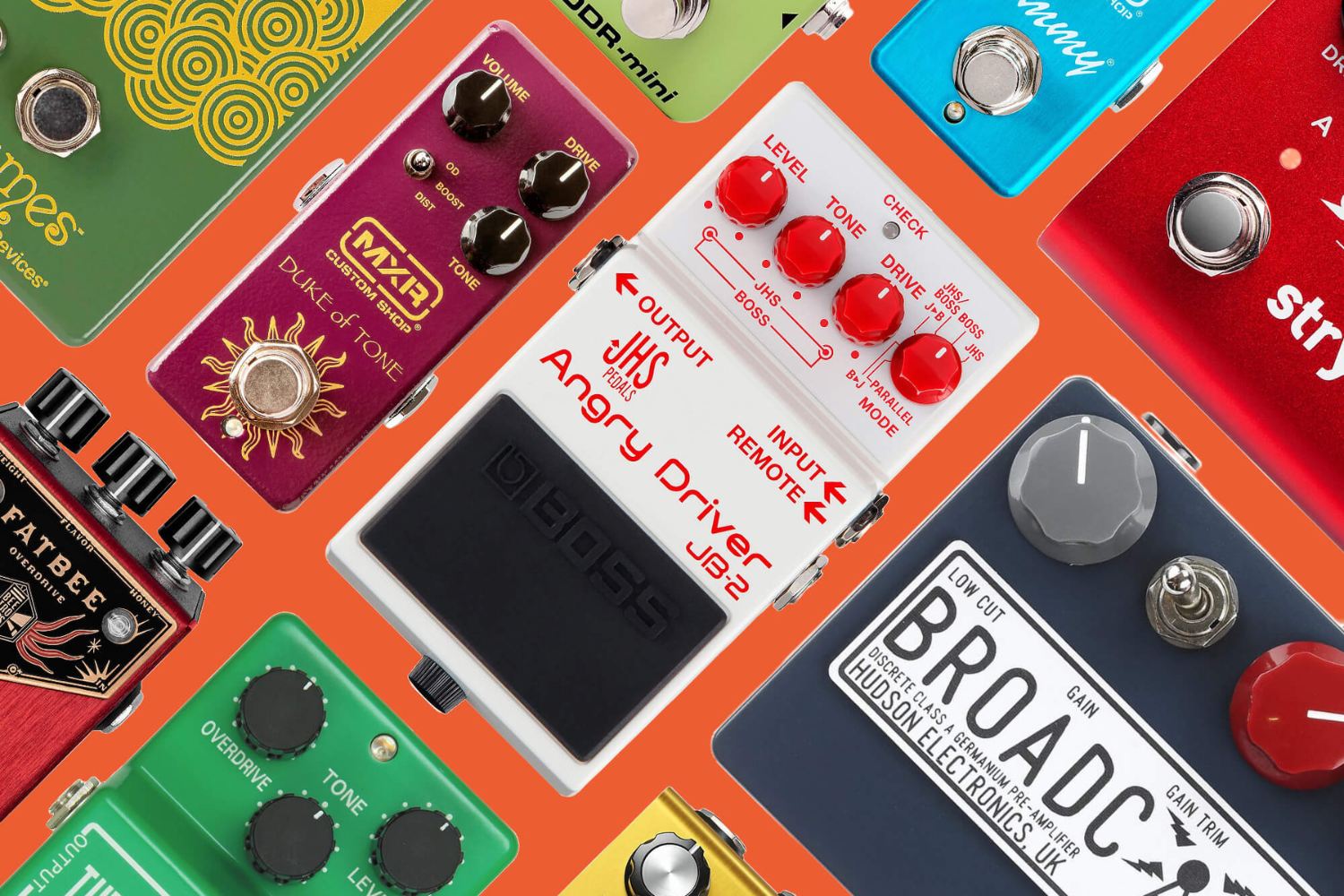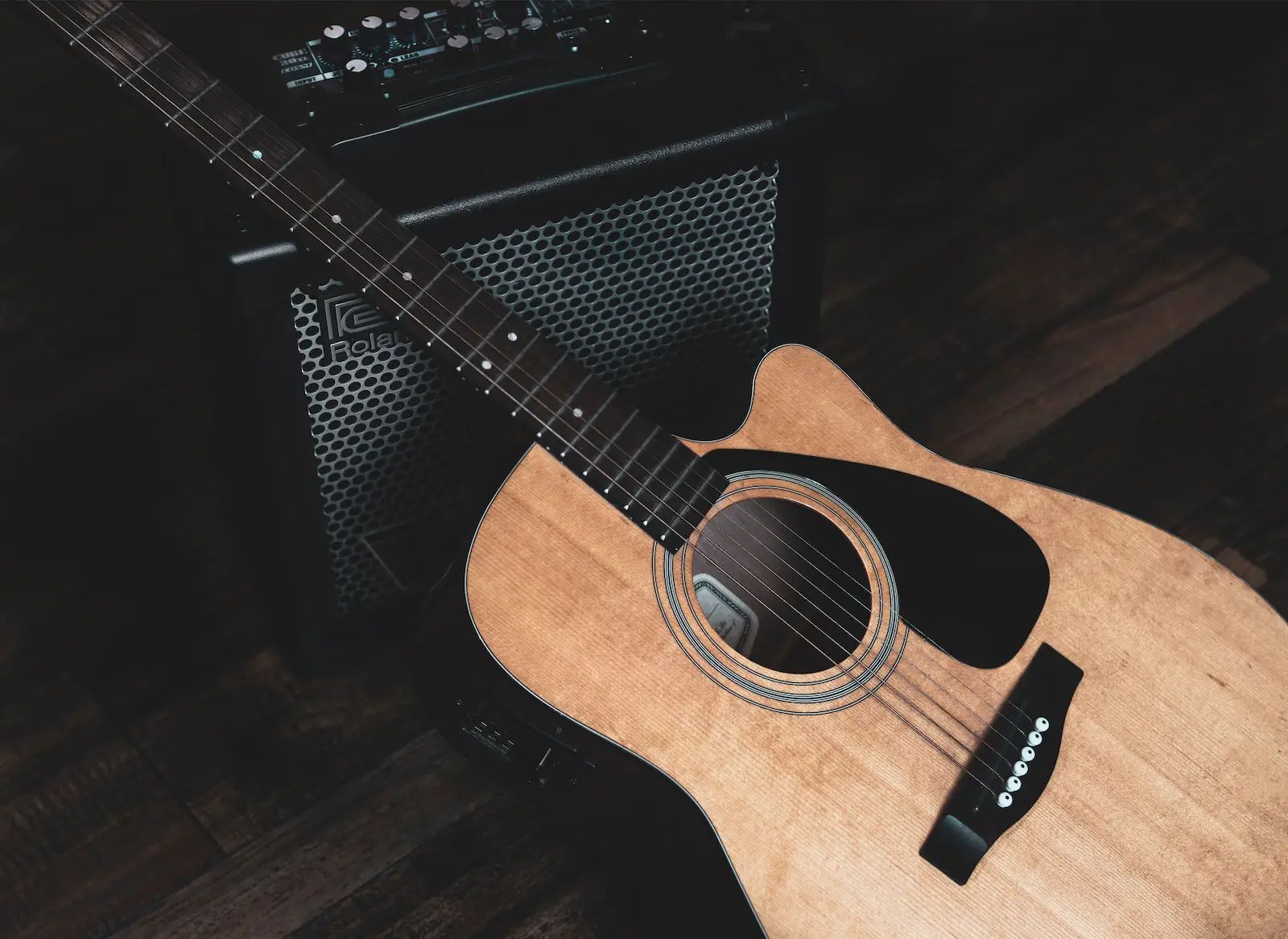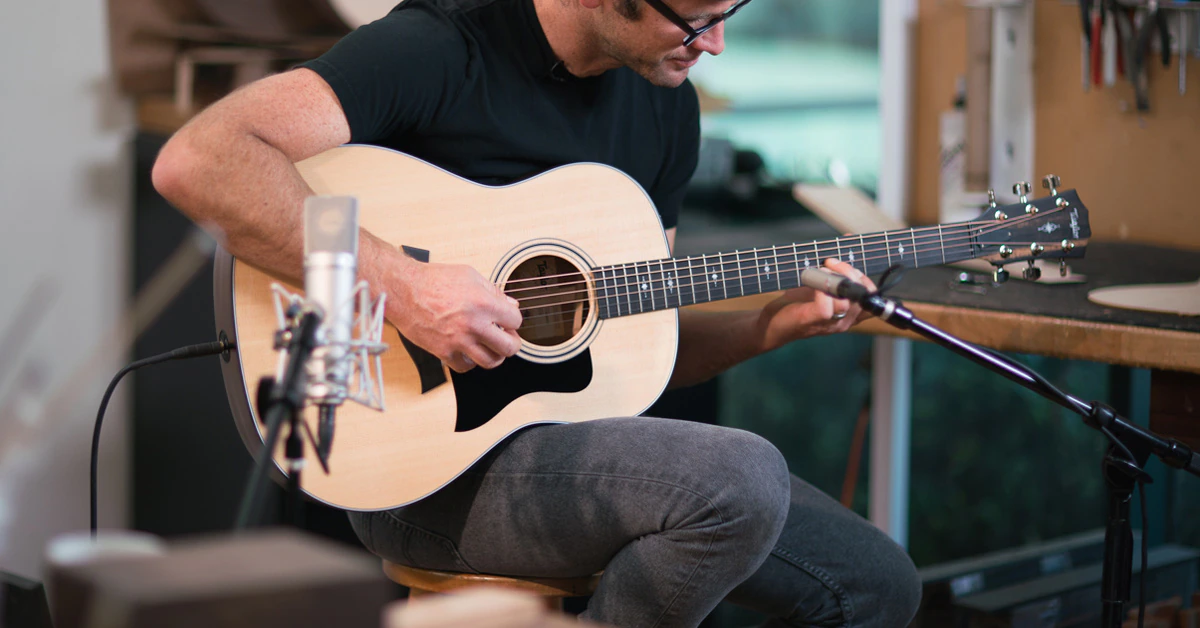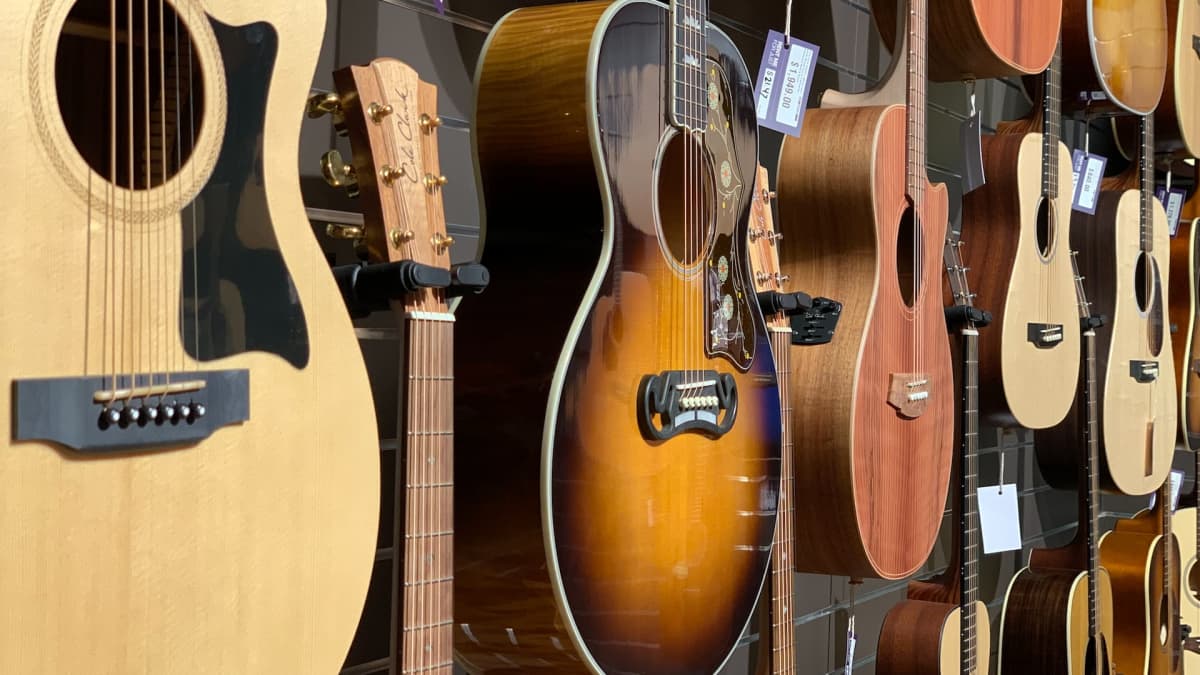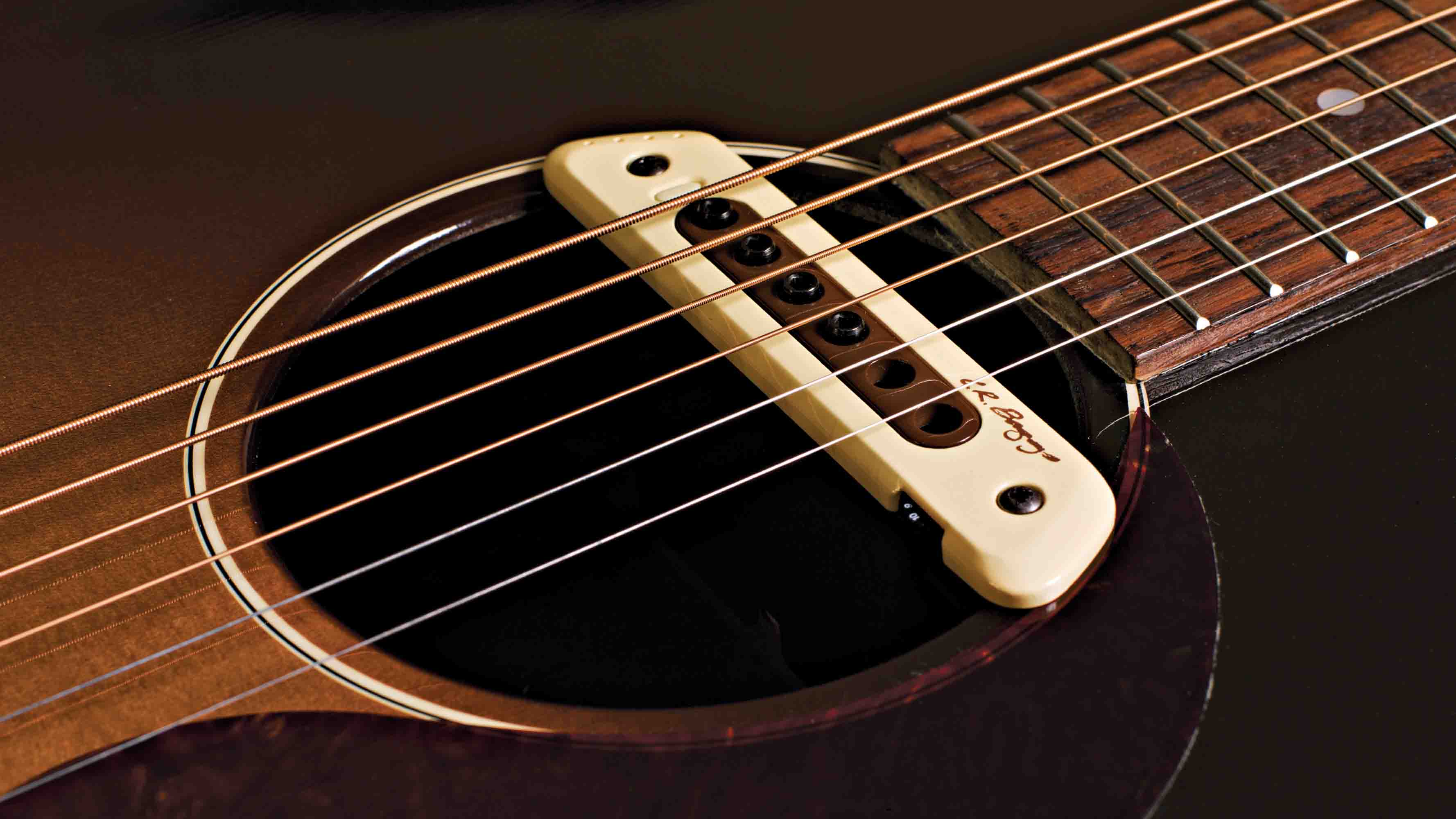Introduction
Introduction
So, you've got yourself an acoustic-electric guitar. Congratulations! This versatile instrument offers a wide range of possibilities for musicians, whether you're a seasoned player or just starting out. From the intimate, unplugged sound of an acoustic performance to the electrifying energy of a live show, an acoustic-electric guitar opens up a world of musical opportunities.
With its unique ability to produce both acoustic and amplified sounds, this hybrid instrument provides the best of both worlds. Whether you're strumming chords by the campfire, rocking out on stage, or laying down tracks in the studio, the acoustic-electric guitar is a valuable tool for any musician.
In this article, we'll explore the various ways you can make the most of your acoustic-electric guitar. From playing acoustic and electric styles to recording, performing live, and adding effects, we'll cover it all. So, grab your guitar, plug in, and let's dive into the exciting possibilities that await you with your acoustic-electric instrument.
Playing Acoustic
Playing acoustic on an acoustic-electric guitar allows you to enjoy the natural, unamplified sound of the instrument. Whether you’re strumming gentle folk tunes or fingerpicking intricate melodies, the acoustic setting lets you showcase the guitar’s organic tones in their purest form.
One of the key advantages of an acoustic-electric guitar is its ability to produce a rich, resonant sound without the need for external amplification. This makes it perfect for intimate performances in small venues, cozy gatherings, or even impromptu jam sessions with friends. The guitar’s built-in pickup system captures the nuances of your playing, allowing the audience to experience the full depth and warmth of the instrument’s acoustic sound.
When playing acoustic, you can experiment with different playing styles and techniques to bring out the best in your acoustic-electric guitar. Whether you prefer strumming, fingerstyle, percussive tapping, or any other approach, the guitar’s versatile tonal capabilities can accommodate a wide range of musical expressions.
Furthermore, the acoustic setting on your guitar provides a great platform for songwriting and composing. Its natural, unaltered sound can inspire creativity and help you craft heartfelt, authentic music. Whether you’re penning introspective ballads or lively, rhythmic compositions, the acoustic tone of your guitar can serve as a powerful muse for your songwriting endeavors.
Overall, playing acoustic on an acoustic-electric guitar offers a deeply personal and immersive musical experience. It allows you to connect with the instrument in its most organic state, providing a canvas for your musical ideas to flourish.
Playing Electric
Switching to the electric setting on your acoustic-electric guitar opens up a whole new world of sonic possibilities. By tapping into the instrument’s electrified capabilities, you can explore a diverse range of musical styles and genres, from classic rock and blues to jazz and beyond.
When playing electric on an acoustic-electric guitar, you have the flexibility to experiment with various amp and effects setups to sculpt your desired sound. Whether you prefer the gritty crunch of overdriven tones, the smooth sustain of lead solos, or the lush textures of ambient effects, the electric setting empowers you to shape your sonic identity with precision.
Furthermore, the electric setting on your acoustic-electric guitar allows you to delve into the realm of lead playing, where you can unleash expressive solos and dynamic riffs. The instrument’s responsive pickups and onboard controls enable you to articulate nuanced phrasing and explore the full spectrum of tonal dynamics, making it an ideal platform for lead guitarists to showcase their artistry.
In addition to traditional electric guitar techniques, the electric setting on your acoustic-electric guitar can also accommodate modern playing styles and innovative approaches. Whether you’re incorporating tapping, hybrid picking, or experimental effects, the instrument’s electric capabilities provide a versatile playground for sonic exploration.
Overall, playing electric on an acoustic-electric guitar offers a gateway to boundless creativity and sonic adventure. It allows you to harness the expressive power of electrified tones while leveraging the instrument’s inherent playability and responsiveness, making it a compelling choice for musicians seeking versatility and expression in their electric guitar endeavors.
Recording
When it comes to recording, an acoustic-electric guitar serves as a valuable asset in capturing pristine, high-fidelity audio. Whether you’re laying down tracks in a professional studio environment or recording at home, the instrument’s acoustic and electric capabilities offer a versatile palette for creating captivating musical recordings.
When recording acoustic performances, the built-in pickup system of your acoustic-electric guitar ensures that every subtle nuance of your playing is faithfully reproduced. This allows you to achieve a polished, studio-quality sound without the need for external microphones, making the recording process more convenient and efficient.
Moreover, the acoustic-electric guitar’s ability to seamlessly transition between acoustic and electric settings opens up a myriad of sonic textures for recording purposes. Whether you’re seeking the warmth and intimacy of unplugged acoustic tones or the expressive versatility of electric sounds, the instrument empowers you to tailor your recordings to suit a diverse range of musical styles and production needs.
Additionally, the acoustic-electric guitar can be easily integrated into recording setups, thanks to its compatibility with a wide array of audio interfaces, preamps, and recording equipment. This makes it a convenient and reliable instrument for capturing professional-grade recordings, whether you’re tracking solo performances, ensemble arrangements, or experimental sonic landscapes.
Furthermore, the acoustic-electric guitar’s ability to interface with effects processors and amp simulations enhances its utility in the recording environment. This allows you to explore creative soundscapes, experiment with tonal shaping, and infuse your recordings with captivating sonic embellishments, all while leveraging the instrument’s seamless transition between acoustic and electric realms.
In essence, the acoustic-electric guitar’s prowess in the recording realm makes it an indispensable tool for musicians and producers alike. Its ability to deliver authentic acoustic tones and electrifying sounds, coupled with its versatility in recording setups, positions it as a valuable ally in the pursuit of capturing compelling musical performances and compositions.
Performing Live
When it comes to live performances, an acoustic-electric guitar shines as a versatile and reliable companion for musicians across diverse musical settings. Whether you’re playing in intimate coffeehouse gigs, lively pub venues, or expansive concert stages, the acoustic-electric guitar’s ability to seamlessly transition between acoustic and electric sounds makes it an ideal choice for captivating live audiences.
One of the key advantages of using an acoustic-electric guitar for live performances is its ability to deliver authentic acoustic tones with the added convenience of amplification. This allows you to maintain the natural resonance and warmth of the instrument’s acoustic sound while ensuring that your performance is clearly projected to the audience, regardless of the venue size or acoustic challenges.
Moreover, the instrument’s built-in pickup system and onboard controls provide practical solutions for sound reinforcement in live settings. Whether you’re performing solo or with a band, the acoustic-electric guitar offers a reliable platform for achieving consistent and balanced sound levels, allowing you to focus on delivering a captivating performance without technical distractions.
Furthermore, the electric setting on your acoustic-electric guitar equips you with the sonic firepower needed to command the stage with electrifying energy. Whether you’re unleashing searing solos, dynamic rhythm parts, or ambient textures, the instrument’s electrified capabilities ensure that your live performances are imbued with expressive power and sonic versatility.
Additionally, the acoustic-electric guitar’s compatibility with a wide range of amplification and sound reinforcement systems makes it a flexible choice for live performances. Whether you prefer traditional guitar amplifiers, acoustic amplifiers, or direct input to a PA system, the instrument seamlessly adapts to different setups, ensuring that your live sound requirements are met with ease and reliability.
In essence, the acoustic-electric guitar’s adaptability and sonic range make it an indispensable ally for musicians seeking to deliver captivating live performances. Whether you’re showcasing the instrument’s natural acoustic beauty or harnessing its electrified potential on stage, the acoustic-electric guitar stands as a versatile and dependable companion for bringing your music to life in a live setting.
Adding Effects
Exploring the realm of effects with an acoustic-electric guitar opens up a world of sonic creativity and expressive possibilities. Whether you’re aiming to enhance your acoustic performances with tasteful embellishments or sculpt electrifying textures in an electric context, the integration of effects allows you to elevate your musical expressions to new heights.
When it comes to acoustic performances, the judicious use of effects can add depth and dimension to your sound without overshadowing the inherent beauty of the instrument’s natural tones. From subtle reverb and lush chorus to dynamic compression and expressive delays, acoustic-electric guitars provide a platform for incorporating tasteful effects that enrich the sonic tapestry of your performances while preserving the instrument’s organic essence.
Furthermore, in an electric context, acoustic-electric guitars offer a canvas for exploring a diverse array of effects to shape your sonic identity. Whether you’re delving into classic overdrive and distortion for raucous rock tones, experimenting with ambient modulation and spatial effects for ethereal textures, or harnessing the power of dynamic effects for expressive playing, the instrument’s electrified capabilities make it a compelling platform for sonic experimentation.
Moreover, the acoustic-electric guitar’s onboard controls and signal routing options provide a seamless interface for integrating effects into your performances. Whether you’re utilizing stompbox pedals, multi-effects processors, or software-based plugins, the instrument’s compatibility with effects units ensures that you can sculpt your desired sounds with precision and flexibility, allowing you to tailor your sonic palette to suit a diverse range of musical styles and genres.
Additionally, the integration of effects with an acoustic-electric guitar opens up innovative avenues for sonic exploration and artistic expression. Whether you’re seeking to push the boundaries of traditional acoustic sounds, infuse your electric performances with captivating textures, or craft genre-defying sonic landscapes, the instrument’s adaptability to effects empowers you to carve out a unique sonic identity that resonates with your musical vision.
Conclusion
In conclusion, the acoustic-electric guitar stands as a versatile and multifaceted instrument that offers a wealth of creative opportunities for musicians. Whether you’re drawn to the raw, unamplified beauty of acoustic performances or the electrifying allure of amplified sounds, the acoustic-electric guitar seamlessly bridges these sonic realms, providing a platform for musical exploration and expression.
From the intimate settings of home studios and small venues to the grand stages of concert halls and outdoor festivals, the acoustic-electric guitar adapts to diverse performance environments with ease, ensuring that your musical expressions are faithfully conveyed to audiences of all sizes. Its ability to seamlessly transition between acoustic and electric settings empowers musicians to craft captivating sonic experiences that transcend traditional boundaries, allowing for a seamless integration of acoustic authenticity and electrified dynamism.
Furthermore, the acoustic-electric guitar’s compatibility with recording setups, effects processing, and amplification systems amplifies its utility in the realms of music production, sonic experimentation, and live performance, making it a valuable ally for musicians seeking versatility, reliability, and sonic innovation.
Ultimately, the acoustic-electric guitar serves as a conduit for artistic expression, enabling musicians to traverse the rich tapestry of acoustic and electric sounds with finesse and creativity. Whether you’re a seasoned performer, a recording artist, or an aspiring musician, the acoustic-electric guitar invites you to embark on a musical journey filled with boundless possibilities, sonic discovery, and expressive resonance.







